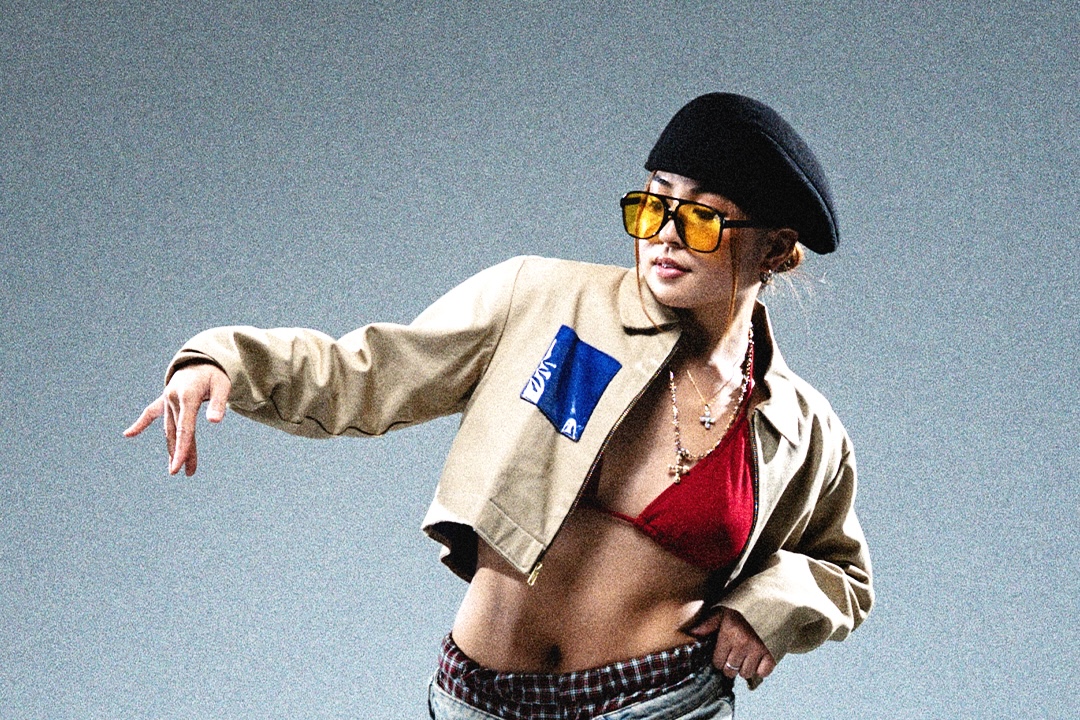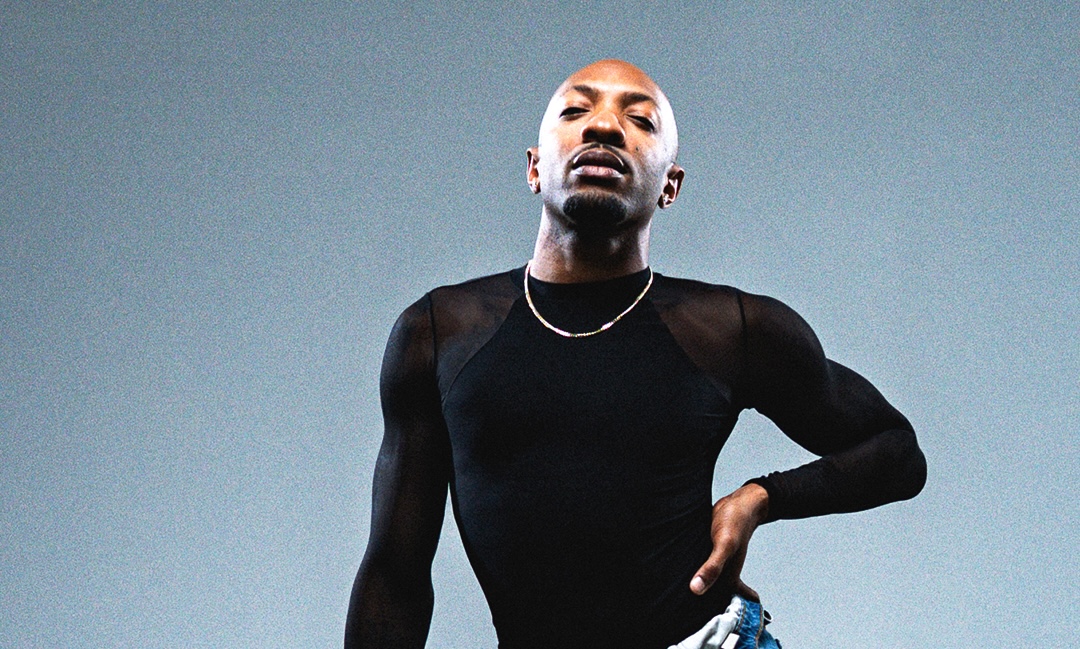Now that you've read about dance musicality, we can dive into body awareness!
The more you familiarize yourself with your body, the more control will have over it.
That's why understanding and developing your body awareness is essential for building your dance foundation.
How to develop body awareness?
Body awareness in dance
Have you ever taken a yoga class?
If you have, then you'll know that a big objective of yoga is simply to be present – in the mind, and the body.
By doing so, you're bringing together your mental and physical parts.
Similarly, as a dancer, your mind and body must be working together – your mind is the part that understands the music and the intent behind the movement, and your body is the actual tool for moving.
How to improve body awareness? Follow this tip:
Lay on the floor, and close your eyes. (Turn on some light music here, if you want.)
Go through this list of body parts, and focus your thoughts and feelings on each one.
Flex or move the part to draw more attention to it.
Once you feel fully comfortable with where it is and what it feels like, move on to the next one.
- Arms
- Shoulder
- Forearm
- Wrist
- Fingers
- Fingertips
- Legs
- Thigh
- Knees
- Calves
- Ankles
- Feet
- Toes
- Hips *Try rotating them in and out
- Chest
- Upper chest
- Core (tummy area)
- Lower abdomen
- Neck *Try turning your neck, and also rolling it clock- and counter-clockwise
It sounds almost too easy to be effective – but the key here is not the difficulty of the movement (which is obviously very minimal).
The key is how familiar you're becoming with these body parts, which requires a surprisingly great deal of focus.
Muscle memory starts with muscle awareness!

Body placement in dance
Cool, so we're getting to know what each part of body feels like in a resting position.
Let's create some pictures to explore how our bodies look and feel in certain placements.
We'll be using 3 main ideas for these exercises:
- Focus
- Posture
- Angles
Focus on your body
What "focus" refers to in dance is the direction your face is facing.
Timed right with a committed facial, your focus has the power to make or break a piece.
Whatever pose you're holding or pathway you're moving through, your focus is most commonly straight to the mirror (not the greatest habit, but it's good to watch yourself at first, when developing body awareness), to the right, to the left, up, down – and to varying degrees.
For example, "right 45" can refer to turning your face toward the right, but only halfway from directly ahead and your right side.
"Down left 45" signals looking slightly toward the left, with your chin pointed down, so that your eyes are aimed at the bottom corner of the wall.For a 2-D visual, think back to math class, and imagine the wall in front of your face being a giant x-y plane.
The corners of the room are the "diagonals" ("45s," and the ends of the x-axis is the left/right, the y-axis, the up-down.
Try these body awareness activities:
Stretch your neck to the rhythm of a song, by looking to the
- right, left, right left, ↔ then switch to
- up, down, up, down ↕
- then hit the diagonals! ⤢⤡
- then roll your neck around so your eyes are making a big circle ⤿ and switch directions ⤾
Focus changes will flow naturally as you learn choreography, but sometimes the choreographer will specify certain pictures and combos to have a certain focus.
Angles and pictures
The "angles" of your body parts, and the "pictures" they make with your body, are like the action shots that you see from competitions.
Such. Clean. Lines!
Think of choreography as having points – Points A and B in the graphic below are the "pictures," and the in-between movement is called the "pathway.
Try this:
Extend your arms straight ahead of you, parallel to the floor. Now, bend at the elbows, creating a perpendicular angle.
Now, extend your arms to the left and right, straight out to each side. Reach as far as you can, through your fingertips!
Bend again at the elbows, folding your arms so that your hands are by your clavicles.
Mix up these different "angles" of arms, memorizing how each feels.
It'll help you be a "cleaner" dancer in the long run, knowing exactly how these basic pictures are supposed to feel.
Add different angles to the mix, like diagonal arms, rotating your shoulders, etc.
Flex your limbs as you execute each picture, to really solidify it in your memory.
Bet you’re itching to move some more.
Now that we did all the nitty gritty of understanding your body, we can move on to Section 3: Executing movement!










